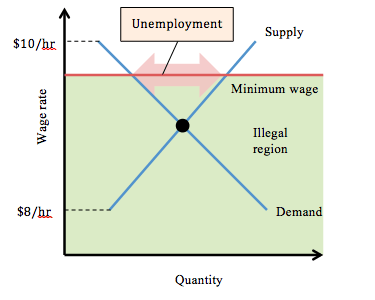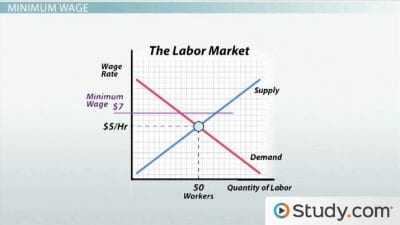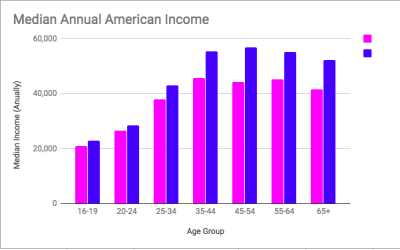My Political Science thesis is looking at climate migration, which is the movement of people as a result of the negative impacts of climate change such as natural disasters, and sea level rise. I am specifically looking at Small Island Developing States (SIDS) such as the Marshall Islands and Solomon Islands in the South East Pacific Ocean that will be displaced in the short time span of 25-30 years, if not sooner, if the globe community continues to emit the present, abusive rate of Green House Gases (GHGs) into the atmosphere.
This research looks at not only the effects of climate migration, but I’m hoping to use the diction of environmental racism to gain these migrants refugee status under the UN definition until further policy can synthesized and implemented. I intend to work on shaping some of this policy in this thesis in tandem with the current migration world policies in regards to internal and external movement.

I found an article from National Geographic’s talking about the topic generally, but discussing the number of people that will actually be displaced by 2050. Here are those numbers on a simple bar graph to show the optimistic projectiles vs. the more realistic number of people displaced if we continue leaving the same carbon footprint we are presently engaged in within the Anthropocene.
Here’s a link to the graph (just because I’m still having issues with my computer):
https://docs.google.com/spreadsheets/d/1K8kDLpyiTHFhd8pllKvd3OCndVgPAUxPg8SxvLJcjb0/edit?usp=sharing

















